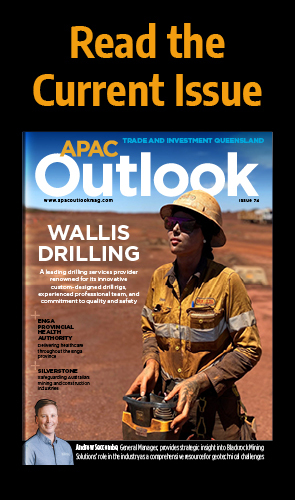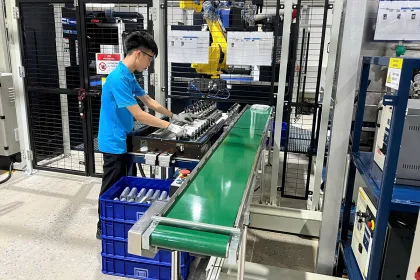In typical Myanmar fashion, the country’s strive for more stable and sustainable economic prominence is continuing in unpredictable and bumpy style, with progress stunted if not irreparable despite some favourable contributors to its global status.
April, 2016 saw the country’s first ever democratically elected Government come into power, representing a potential turn in the tide for a country which had only offered the rest of the world a sneak peek into its workings a few years previously.
The event – a successful one at that – was supposed to usher in a new dawn of national prosperity; if not immediately, then certainly progressively and notably.
Such a drastic change in structure isn’t always positive though, and the shock alone seemed to have a detrimental effect, translating into a period of disappointing growth between the election and March, 2017. Exports, even in established agricultural and commodity markets, struggled to make any headway and trade was also a cause for concern with exported goods in the first half of 2016 declining by a catastrophic 11.6 percent.
Imports, in turn, also declined over the same period – by 6.7 percent – to compound the overall struggle to make inroads internationally; inevitably leading to a stall on the FDI front as well.
“…foreign investments stalled, largely due to the confusion associated with the authority to approve them,” the Institute of Chartered Accountants in England and Wales (ICAEW) explains in its quarterly forecast; The ICAEW Economic Insight: South East Asia. “The Myanmar Investment Commission (MIC), the official body responsible for approving investments, was disbanded in March, 2016, leading to a backlog of investment proposals.”
REGAINING SOME GROUND
All is not lost, however. As the post-election buzz begins to subside and a new normal erases the memory of previous economic and political infrastructures, a host of accompanying positives are also helping to bring a period of positivity back to the most emerging of emerging markets.
Improved construction activity in Yangon has been attributed by the ICAEW report as being one of the key factors, complemented by a significant lifting of US economic sanctions on the country which has been in place for 20 years.
The country’s inclusion in the Generalised System Preferences programme has coincided with a concerted resurgence in foreign direct investment, which the ICAEW believes will take on even more prevalence once the MIC “returns to full swing”.
“Meanwhile, after months of steadily depreciating, the kyat finally regained some ground against the US dollar in the first half of 2016, before losing part of those gains during Q3,” the report continues. “Although inflation was in double-digits in the first half of 2016, inflationary pressures have now begun to ease (inflation finally fell below 10 percent in July and eased to 6.3 percent in August). We expect inflation to average 9.6 percent in 2016 and 8.1 percent in 2017.”
POSITIVITY REMAINS TENTATIVE
Acting as either solace or even further concern for Myanmar at present, is that it’s not alone in its struggles, and that uncertainty is not a trait specific to the emerging nation.
The ICAEW highlights that the whole of Southeast Asia faces an unpredictable year ahead in 2017 despite exports continuing to recover and the likes of Singapore and the Philippines enjoying improved quarters of late compared to a year previously.
“The year has started on a positive note, with both the US and China displaying steady growth momentum, as Asian exports continuing to recover,” the report notes. “Going forward, we expect a resurgent US and resilient China to prop up global economic growth and global trade in 2017. On the face of it, this bodes well for Asia; especially East Asia, or ‘factory Asia’, which relies more on trade as a driver of growth.
“[However], the anticipated rise in US interest rates and the appreciation of the US dollar are expected to keep Asian FX markets under pressure this year, possibly leading to a tightening of monetary conditions and capital outflows. This is likely to have a greater impact on the Asian economies with typical emerging market characteristics, such as current account deficit and/or a high proportion of foreign bond holdings (like Malaysia, Indonesia).”
These factors are likely to constrain any hope of a dramatic upturn for Asian trade, even if it isn’t “derailed” altogether.
“The expected pace of export growth in 2017 will be well below Asia’s long-term average export growth of around seven percent,” the report adds. “Also, the contribution of net exports to growth will probably fall slightly in 2017, because we expect import growth to outpace export growth, amid a rise in domestic demand. The bulk of growth in Asia will be generated by domestic demand this year, similar to the trend visible since 2011.”
For Myanmar, a country so intent on boosting its profile on the international stage, this won’t exactly be music to its ears, but in terms of playing the long game, an instant role as a regional headline act was never really on the cards.
Potentially lower oil prices, Chinese economy repair works and a vulnerability to natural disasters will ensure that any positivity remains tentative at best for the remainder of 2017, but with a 12-principle Governmental action plan now laid out with an emphasis on transparency, financial management and competitiveness, there is at least a ripple, if not a wave of optimism for the country’s long-term outlook.
Read the ICAEW’s Economic Insight: South East Asia report in full, here: https://www.icaew.com/en/technical/economy/economic-insight/economic-insight-south-east-asia





















